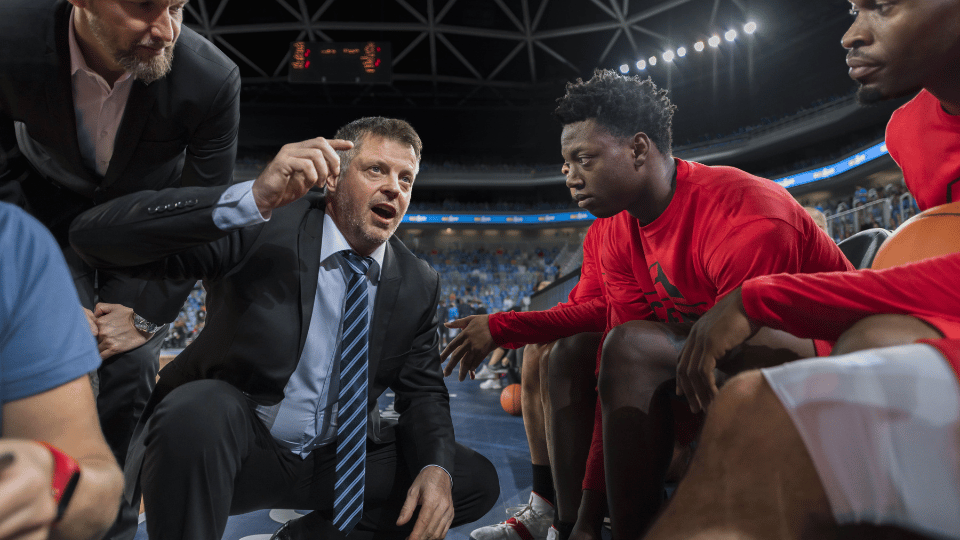Youth development in sports goes beyond building athletic skills—it’s about nurturing discipline, confidence, teamwork, and lifelong passion for physical activity. For coaches, educators, and sports organizations, implementing effective youth development strategies is key to shaping the next generation of athletes and well-rounded individuals.
1. Emphasize Skill Development Over Winning
One of the most important strategies is focusing on teaching fundamental skills rather than prioritizing victories. Developing core techniques in movement, coordination, and game understanding ensures young athletes build a solid foundation that will benefit them long-term.
2. Foster a Positive and Supportive Environment
A safe, inclusive, and encouraging environment helps athletes feel motivated and valued. Coaches and mentors should emphasize respect, teamwork, and enjoyment, which are essential to keeping youth engaged in sports.
3. Prioritize Holistic Growth
Youth development should extend beyond physical skills. Mental resilience, emotional well-being, and leadership qualities should be integrated into training programs. This well-rounded approach prepares athletes for challenges both on and off the field.
4. Provide Access to Quality Coaching
Trained and knowledgeable coaches are crucial to youth sports success. Organizations should invest in coach education programs to ensure mentors can teach effectively, communicate positively, and adapt training to individual needs.
5. Encourage Multi-Sport Participation
Specializing too early can lead to burnout and injuries. Encouraging participation in multiple sports helps young athletes develop diverse skills, improves overall athleticism, and fosters a broader love for physical activity.
6. Utilize Data and Technology
Incorporating simple sports technology—such as video analysis or fitness tracking—can help coaches monitor progress and personalize training. When applied carefully, technology supports development without overwhelming young athletes.
7. Involve Parents and Communities
Youth sports thrive when families and communities are actively engaged. Parental support, community events, and volunteer involvement build strong networks that sustain interest and create meaningful experiences for young athletes.
8. Create Pathways for Growth
Successful youth development programs offer clear progression opportunities—from recreational participation to competitive levels. Structured pathways ensure athletes can pursue their goals while staying motivated and challenged.
Conclusion
Sports youth development is about more than producing elite athletes—it’s about shaping resilient, healthy, and confident individuals. By focusing on skill development, holistic growth, quality coaching, and supportive environments, organizations can create pathways that help young athletes succeed in sports and life. These strategies, when applied consistently, lay the foundation for lifelong engagement and achievement in athletics.
Key Takeaways:
- Sports youth development involves a collaborative effort to nurture young athletes physically, mentally, and emotionally.
- Key roles such as coaches, trainers, psychologists, and nutritionists play a vital part in shaping the future of young athletes.
- By investing in comprehensive sports youth development programs, communities can empower the next generation of athletes to excel in sports and in life.
Consider enhancing your skills and advancing your career by enrolling in the NYU Fundamentals of Global Sports Management online course and certificate program.








